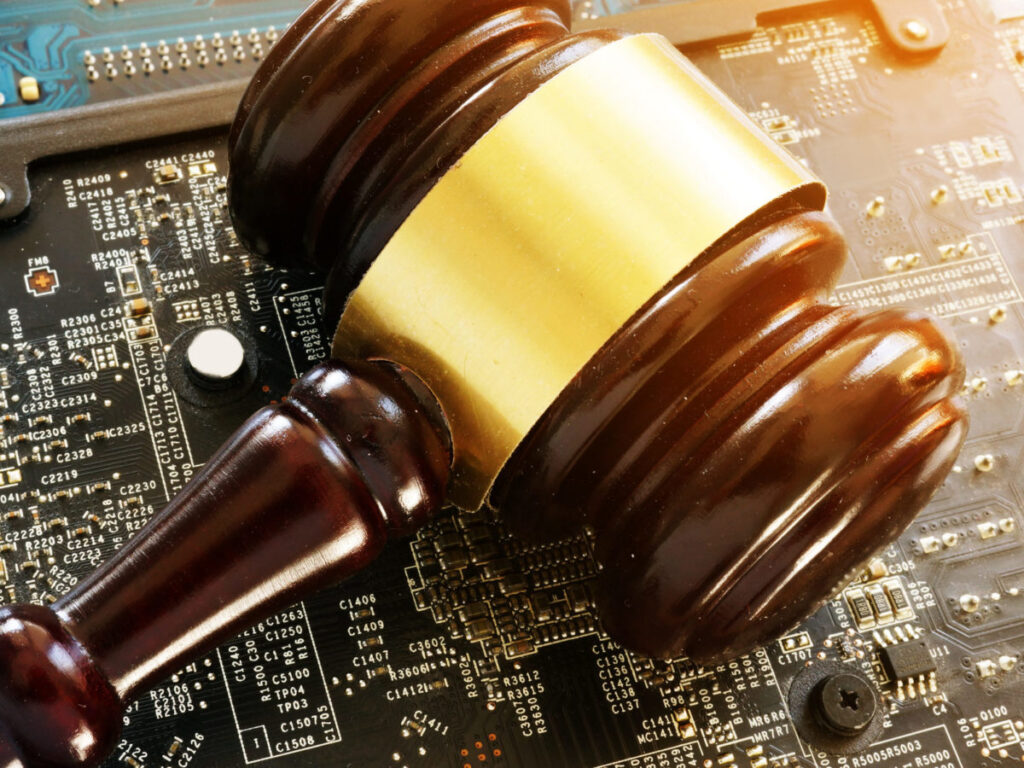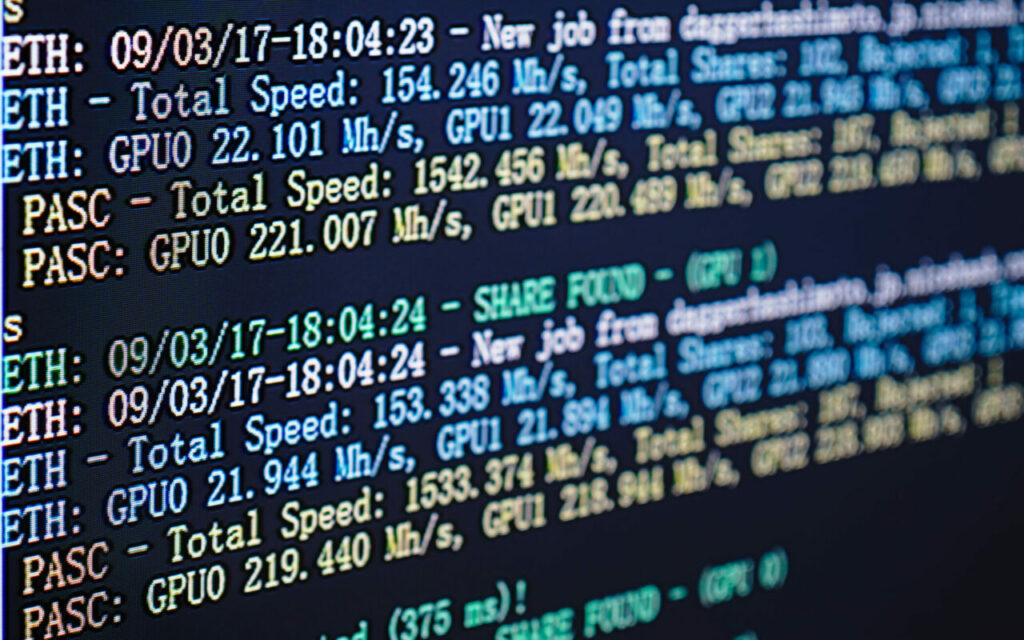Don’t let Smart Contracts Outsmart You: A Legal Perspective


In the future, Smart Contracts utilizing blockchain are expected to autonomously enable billions of transactions among power producers and transporters, consumers, vendors, service providers and even directly with millions of devices.
It is envisioned that advanced Smart Contracts ultimately will be entirely self-contained and automatically executing and enforcing. Before you fire your lawyer in anticipation of the Smart Contract future, consider these five “human” aspects of the current legal and contractual paradigm that may not be easily translated into the binary computer code of blockchain.
Computers don’t speak legalese very well (yet)
To fully enable advanced Smart Contracts, the relevant contractual provisions and, presumably, applicable law would need to be converted into computer code so that the Smart Contract would be fully self-contained and automatically executing and enforcing.
However, this is likely much easier said than done. Leaving aside for now the sheer volume of (arguably) applicable law, the clearly applicable commercial law provisions and standard contract terms are imposing enough.
For example, contracts and commercial law utilize phrases like “satisfactory”, “good faith”, and “reasonable”—which can be very difficult to objectively define (especially in advance), much less convert to code. Ultimately, artificial intelligence and other solutions may be capable of defining, interpreting and applying relatively vague statutory and contractual language.
In the interim, parties may compromise by attempting to agree to objective parameters for otherwise ambiguous terms, which may be more easily digitized. Another possible (but inelegant) solution would be for some governing terms and legal provisions to remain external to the Smart Contract which, of course, would reduce the Smart Contract’s efficiencies and benefits.
Case law is always evolving
Of course, not all law is set forth in statutory or regulatory text. The law is significantly defined by court and administrative decisions which interpret and apply the relevant statutory and regulatory language.
Accordingly, any effort to convert statutory and regulatory provisions to computer code must consider the effects of relevant judicial and administrative decisions which interpret and, arguably, even modify the relevant statutory or regulatory text. And, of course, decisions (as well as the underlying statutory or regulatory provisions) are always subject to being revised, reversed and/or repealed.
So, Smart Contracts which are extant for a period of time may need to include an automated method of being appended in the event a governing authority makes a change in applicable law, such as rendering illegal a previously proper fee. Of course, the parties could mutually agree to necessary changes, but the Smart Contract should not be dependent on mutual assent of one or more possibly reluctant parties for the Smart Contract to be automatically performed and enforced according to law.
“In the neighborhood” may be exactly what is expected
Parties may perform and accept performance of (and governing authorities sometimes enforce) contracts or certain provisions thereof in ways that recognize substantial performance or justified non-compliance.
If that doesn’t make sense, a decent analogy is the “neighborhood” call in professional baseball where the umpire can be expected to call the base runner “out” on his way to second base in a double play scenario, so long as a defender in possession of the baseball is in the “neighborhood” of second base before the runner arrives.
Baseball rules are not so written but are often so applied in the name of player safety. Similarly, most automobile drivers would recognize that, in a variety of circumstances, traffic laws are not always exactly applied as written, even in the presence of enforcement authorities.
In both examples, baseball players and drivers have come to expect, and really, rely upon, rules being applied not as actually written, but instead consistent with history, prevailing practice and “common sense”.
Similarly, contracting parties, through prevailing industry practice and course of dealing, may have come to rely upon certain legal or contractual provisions being applied/enforced other than as actually written. Accordingly, those desiring to convert legal and contractual provisions to computer code probably would need to consider how relevant legal and contractual provisions are actually applied in practice.
Such practice would more accurately reflect the real intent and expectations of the parties as opposed to a Smart Contract that has been coded and automatically applied in strict conformance with every dot and tittle of the statutes and contract boilerplate.
Sometimes, you may want to let some things go
Contracting parties often do not strictly enforce all of their rights and remedies, and sometimes may not even desire to insist on strict performance.
For example, a contract may call for some routine operational information to be updated from time to time. As long as the major requirements of the contract are being performed and all parties are satisfied, the relevant relationship manager may not want to have a default automatically declared and/or the contract terminated by virtue of a relatively immaterial “technical” default.
This could especially be the case for an attractive counterparty with which future business is desired. Accordingly, Smart Contracts utilizing Blockchain may need more monitoring than originally anticipated to allow for easy unilateral waiver of rights and/or defaults.
Can Smart Contracts easily allow “one-off” performance adjustment?
There are times when one party to a contract, for a variety of reasons, would desire to unilaterally modify the scope or timing of its performance even if it would result in a technical breach of the contract terms.
For example, the “efficient breach” concept recognizes that the economic benefits to a party from unilaterally breaching a contract may more than outweigh the possible exposure of such party to contractual damages.
Similarly, unexpected developments and even non-economic factors may motivate temporary or partial non-compliance which may not even be permitted by automatically executing/enforcing Smart Contract terms.
We can’t get rid of the “human touch” just yet
While blockchain may enable transactions which would not otherwise be feasible, improve efficiencies and lower costs, the above examples reflect how the potential loss of flexibility in Smart Contract drafting and administration could have unintended consequences. Now is the time to begin considering how best to ensure Smart Contracts of the future include desired adaptability, the real intent of the parties and, in effect, the “human touch”.
Leonard C. Tillman is a partner in Balch & Bingham LLP’s energy section where his practice is focused on new smart energy policies and market developments. Leonard is a member of the GridWise® Architecture Council which was formed by the U.S. Department of Energy to help shape the architecture of the future electric system. Leonard has been named to the list of The Best Lawyers® in America for his work in Commercial Transactions/UCC Law.





